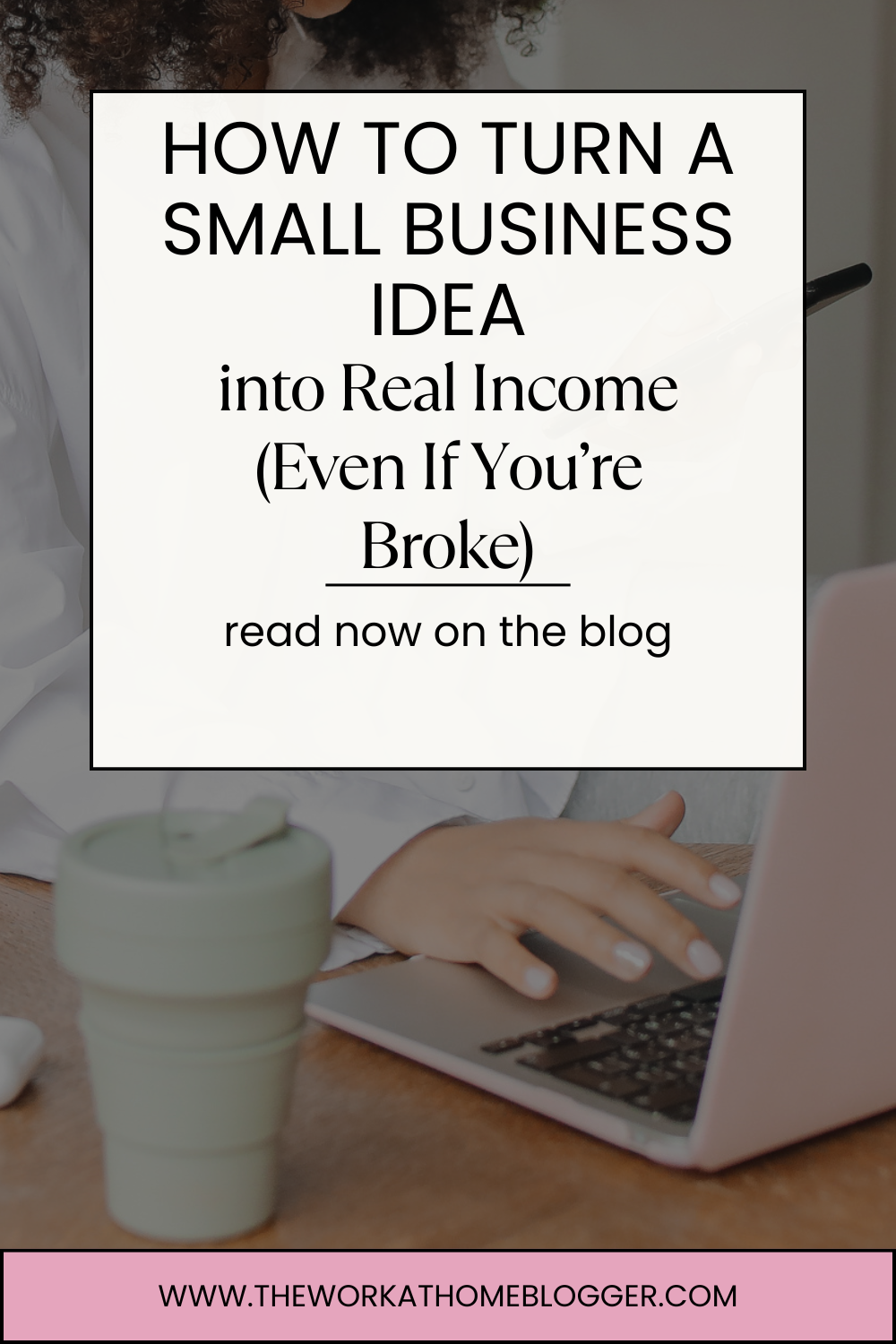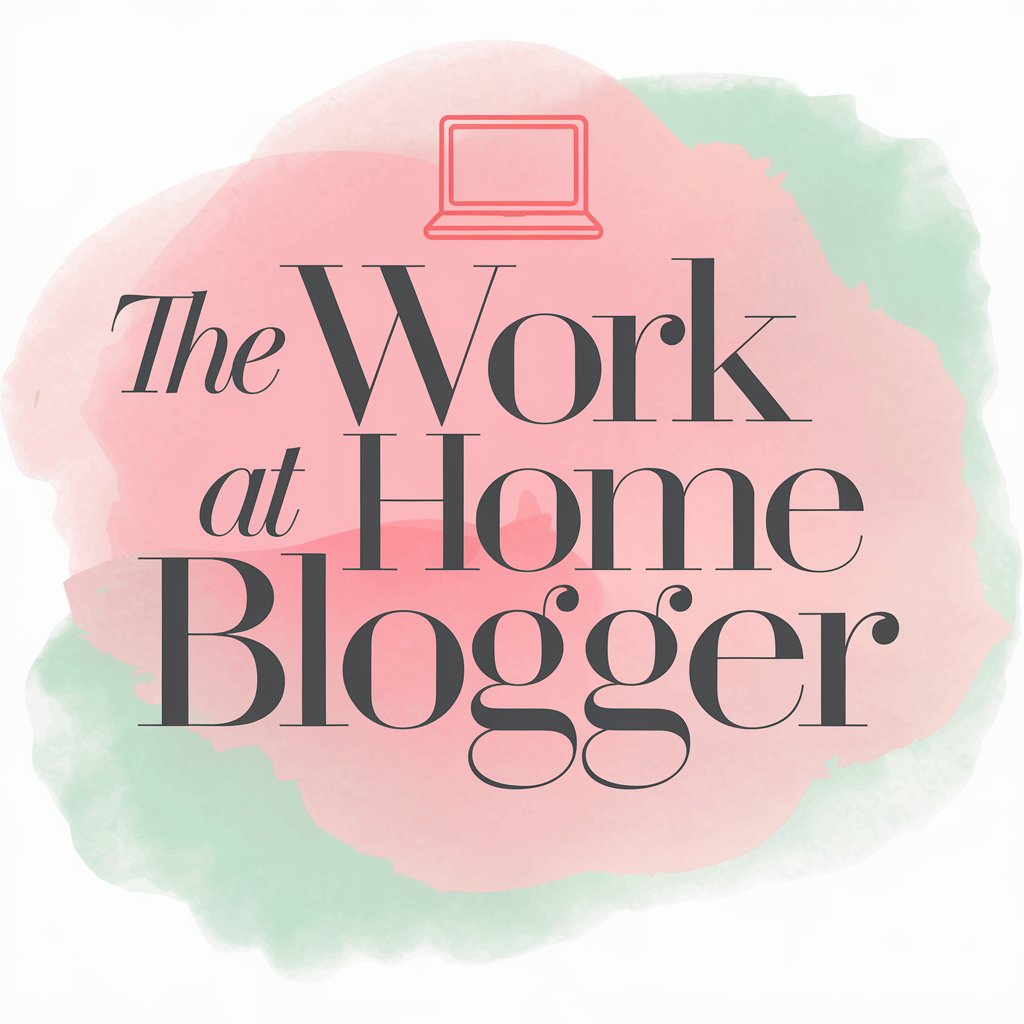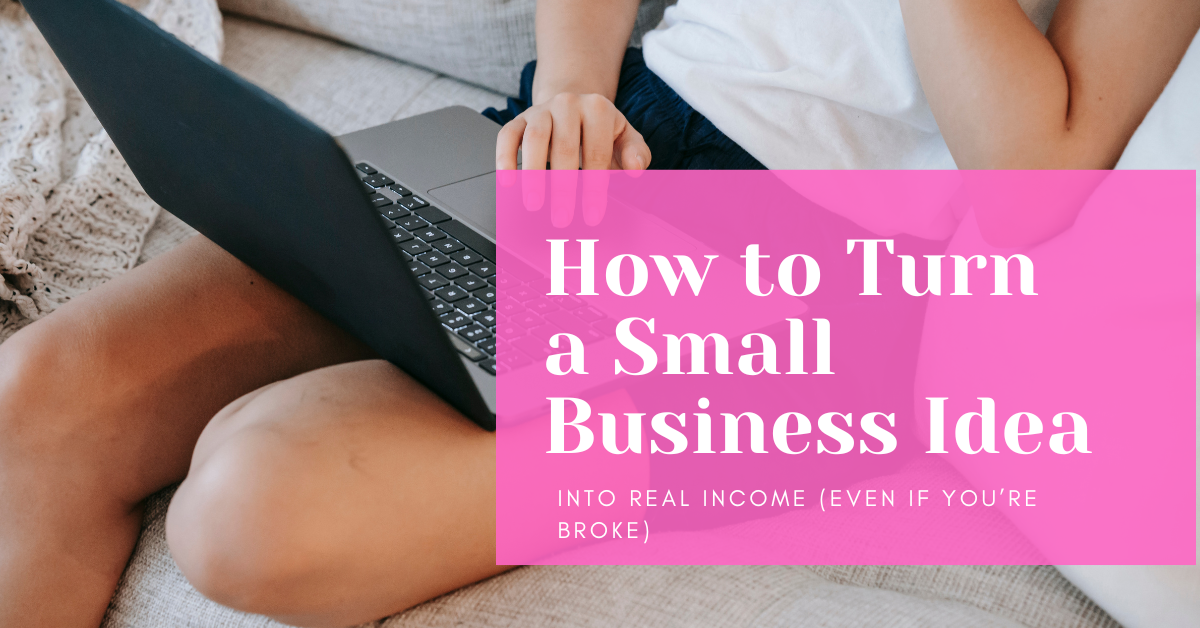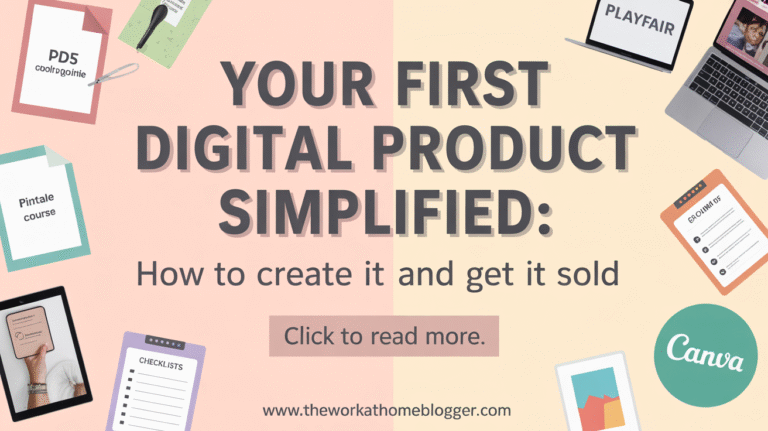You have a great small business idea, but don’t know where or how to start? Don’t worry. I got you. In this blog post, I will discuss how you can launch your business idea without going broke.
Starting a small business when you’re broke sounds impossible until you realize this: most profitable businesses started with little more than an idea and an internet connection.
Money helps, but resourcefulness builds empires.
The truth is, you don’t need thousands of dollars or fancy gear to begin. You need one idea that solves a real problem and a way to sell it online. That’s it.
And in 2025, that second part is easy.
Shopify lets you build an entire store for $1 a month for the first 3 months. That gives you 90 days to test your idea, make sales, and learn the ropes before spending another dime.
So if you’ve been waiting for “someday,” this is your sign. Let’s get you moving.
1. Start with What You Already Know
People waste months looking for the perfect small business idea when they already have one.
Ask yourself three simple questions:
- What do I already know how to do?
- What do people come to me for help with?
- What would I still enjoy doing on a bad day?
The overlap between those answers is your business foundation.
Examples:
- You’re creative → design print-on-demand merch or wall art.
- You love writing → sell digital guides or offer blog-writing services.
- You’re organized → build planners or teach productivity hacks.
👉 Action: Write down five skills or passions. Circle one you could turn into a paid offer within a week.

2. Pick a Simple Business Model That Works When You’re Broke
Not every model needs startup capital. Choose one that trades time for learning instead of money for risk.
A. Print-on-Demand (POD)
You create the design; a supplier prints and ships it.
- What you sell: shirts, mugs, posters, journals.
- Why it works: zero inventory or equipment.
- Tools: Shopify + Printify or Gelato.
B. Digital Products
Create once, sell forever.
- What you sell: templates, planners, checklists, e-books.
- Why it works: pure profit after the first sale.
- Tools: Shopify + Digital Downloads app + Canva.
C. Dropshipping
Sell trending items without buying stock.
- What you sell: products sourced through DSers or Spocket.
- Why it works: suppliers handle shipping.
- Tools: Shopify + product-research tools.
D. Service-Based
Sell what you know.
- What you sell: coaching, design, virtual assistance.
- Why it works: instant income once you book clients.
- Tools: Shopify + BookThatApp for scheduling.
👉 Action: Pick one model. Commit 30 days to testing it before moving on.
3. Build Your Shopify Store in One Day
Your first store doesn’t need to be perfect—it just needs to exist.
Step-by-Step Setup
- Start your $1 trial – Shopify $1 Trial.
- Choose a theme – Dawn, Studio, or Sense; all are mobile-friendly.
- Add only 1 product or offer. Start small.
- Write short, clear descriptions. Focus on benefits, not features.
- Bad: “Digital planner PDF.”
- Better: “Plan your week in 10 minutes a day with this printable.”
- Set up payments with Shopify Payments or PayPal.
- Add essential pages: About, Contact, Privacy, and Refund.
- Preview and publish. Don’t wait for perfect branding.
💡 People can’t buy what they can’t see. Done is better than delayed.
4. Drive Free Traffic That Converts
You don’t need ads; you need strategy. Focus on platforms built for discovery and intent.
Pinterest: your traffic powerhouse
Pinterest users are planners. They search before they buy. My recommendation is to use an affordable tool such as PinClicks.
Here’s your weekly system:
- Create 10 pins in Canva (1000 × 1500 px).
- Use bold headlines
- “How I Started a Business for $1 a Month”
- “25 Small Business Ideas You Can Start from Home”
- Add searchable keywords in titles and descriptions: small business ideas, start an online store, digital products, Shopify tips.
- Link every pin to your blog or Shopify product page.
- Schedule using Tailwind or Pinterest’s built-in tool.
- Check results weekly under Shopify Analytics → Referrals → Pinterest.
Bonus Tip: Make two pin styles per post—a listicle and a single idea pin. The variety boosts clicks.
Facebook: turn personal into professional
Create a public Business Page (not a personal profile).
Post updates three times a week:
- Product photos or mock-ups.
- Quick tips tied to your niche.
- Short wins (“Two sales this week—thank you!”).
Join 3–5 Facebook groups in your niche. Add value; don’t spam links. When people ask for solutions, answer and naturally mention your store.
WhatsApp Business: connection without ads
If you want personal interaction, set up a WhatsApp Business account.
Use your existing number or a free Google Voice line.
Add:
- Profile photo and brand name.
- Short description: “Affordable digital tools for new entrepreneurs.”
- Website link → your Shopify store.
Use Quick Replies for FAQs (“Do you ship internationally?” → auto response).
👉 Action: pick one platform and show up three times a week. Consistency compounds.
5. Build Content That Earns Trust
People buy from those who teach them something first.
Start a mini-blog inside your Shopify store:
- “How I Launched My Business for $1.”
- “The Biggest Mistake I Made Selling Online.”
- “5 Tools That Helped Me Make My First Sale.”
Each post should:
- Solve one pain point.
- Mention Shopify naturally.
- End with a call to action: “Ready to start your own store? Try Shopify for $1 a month and build your business today.”
This creates SEO-optimized content for Google and Pinterest while positioning you as a credible source.
👉 Action: write one blog post per week for the next three months. Repurpose each into multiple Pinterest pins.
6. Track What Works (and Drop What Doesn’t)
In your Shopify dashboard, watch:
- Traffic sources: which platform drives visits?
- Conversion rate: 1–3 % is normal early on.
- Top products: make bundles or variants of those.
After 30 days, remove what flops and expand what sells. Momentum comes from pruning.
👉 Action: every Sunday, check analytics and document one learning. Improvement > perfection.
7. Use Your 90-Day Trial Like a Boot Camp
You get three months for $1 a month—treat it like training.
Start your e-commerce business for FREE with Shopify, and when your trial ends, you can start for only $1 for 3 months. Sign up for a free trial (3 days), and then for 3 months it is $1.
Month 1: Build
- Set up your store.
- Add 3 products.
- Post 10 Pinterest pins.
Month 2: Refine
- Improve photos and copy.
- Add testimonials or mock reviews.
- Post in 3 Facebook groups weekly.
Month 3: Grow
- Launch a new product or bundle.
- Build a small email list with Shopify Email.
- Analyze data and plan reinvestment.
By the end, you’ll have proof: real visitors, feedback, and maybe your first sale.
8. Turn Your Idea into a Recognizable Brand
A store is a start; a brand is a promise.
- Pick 3 colors and 1 font—keep them consistent.
- Create a logo in Canva (free).
- Write one sentence that sums up your purpose. “Helping busy women start profitable side hustles from home.”
- Add your branding to pins, headers, and email signatures.
Recognition builds trust—and trust drives clicks.
9. Keep the Right Mindset
You’re not failing if it’s slow; you’re learning a system.
Every post, pin, or product teaches you what your audience wants.
Set realistic expectations:
- 30 days → learn the platform.
- 60 days → get first traffic.
- 90 days → get sales data.
That’s progress.
👉 Action: commit to 90 days of showing up before deciding if it “worked.”
10. Your Next Step
Stop collecting information and start building momentum.
You don’t need another course. You don’t need more time. You need to act while motivation is fresh.
Right now, you can:
- Open Shopify.
- Activate the $1 a month for 3 months trial.
- Add one product, one image, one description.
You’ll end the day with a real business link instead of another dream in your notes app.
✨ Start your Shopify store today for $1 a month: Shopify $1 Trial – Turn Your Idea into Income
Pinterest SEO Keywords
small business ideas, start a business from home, online business ideas 2025, Shopify tips for beginners, digital products, print on demand, side hustle ideas
Pinterest Pin Title Examples
- How I Started a Profitable Business for $1 a Month
- 25 Small Business Ideas You Can Start from Home
- From Broke to Booked: Start Your Shopify Store Today
- Shopify for Beginners — Start Your Online Store in a Weekend
Bottom Line:
The distance between you and your first sale is smaller than you think. One idea, one store, one dollar—that’s all it takes to prove to yourself you can build income from scratch.
👉 Begin here: Shopify $1 Trial








